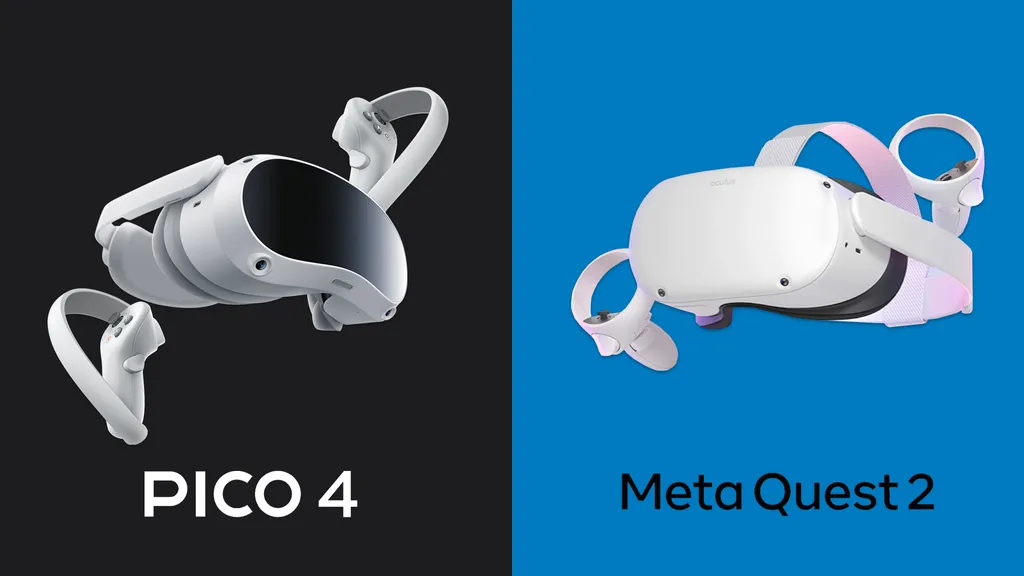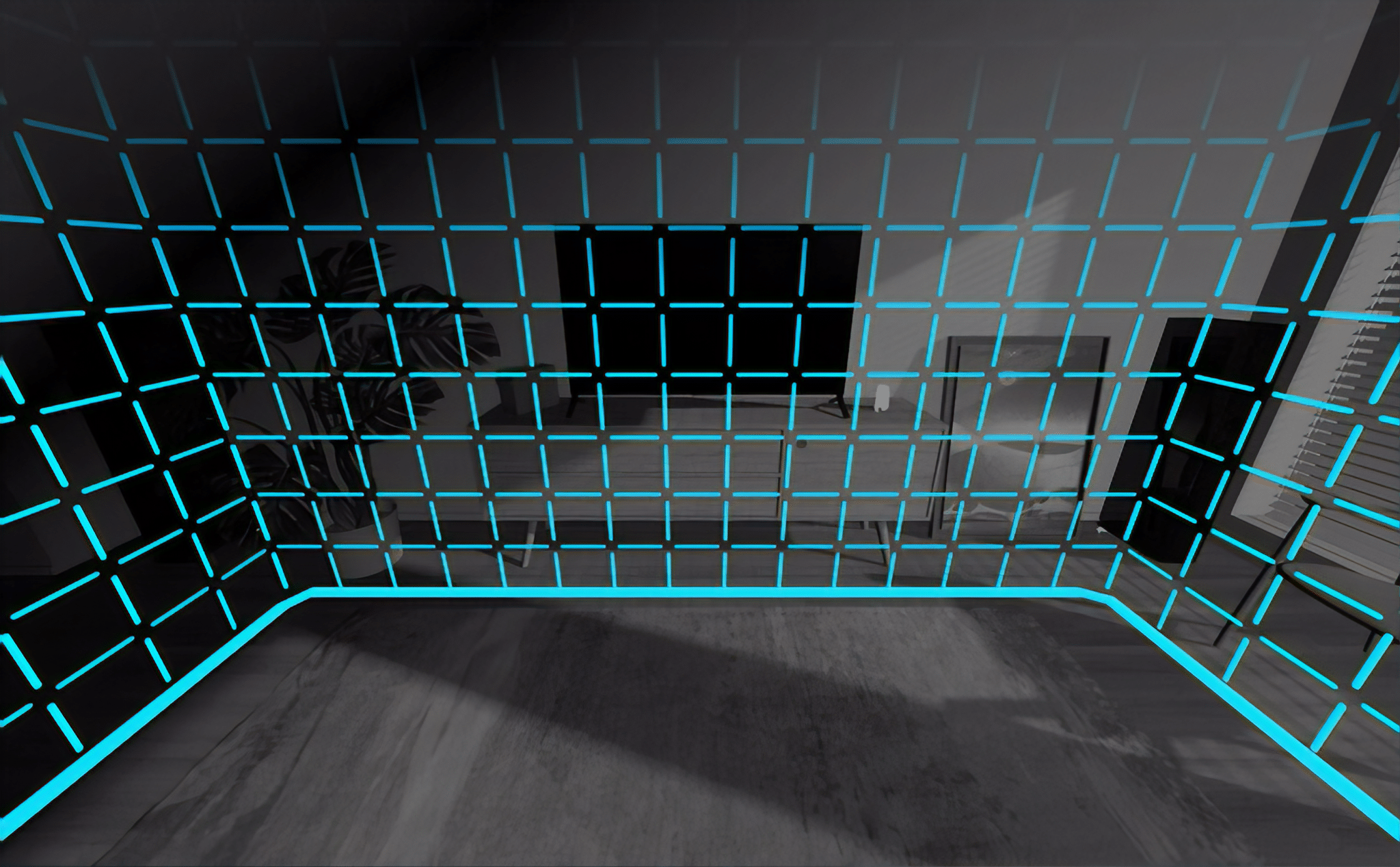Today Pico 4 was officially announced with some seriously impressive specs & features. Here’s how it compares to Meta’s Quest 2 – on paper at least:
| Quest 2 | Pico 4 | |
| Release | October 2020 | October 2022 |
| Visor Weight | 470 grams | 295 grams |
| Display Per Eye | ~1720×1890 LCD | 2160×2160 LCD |
| Max Refresh Rate | 120Hz | 90Hz |
| Lens Type | Fresnel | Pancake |
| Field of View | Up to 96° | 105°×105° |
| Lens Separation | 58mm / 63mm / 68mm | 62mm – 72mm |
| Chipset | Snapdragon XR2 Gen 1 | Snapdragon XR2 Gen 1 |
| RAM | 6GB | 8GB |
| Hand Tracking | ✓ | ✓ |
| Passthrough | Low Res Grayscale | Higher Res Color |
| Headphone Jack | ✓ | 𐄂 |
| Battery Location | Visor | Back Padding |
| Charging | 15W | 20W |
| Price & Storage | €449 (128 GB) €549 (256 GB) |
€429 (128 GB) €499 (256 GB) |
Of course, on paper spec sheets don’t tell the whole story – we have Pico 4 hands-on impressions here and we’ll be posting a full review when it ships.
Weight & Form Factor
Pico 4 is the first fully standalone headset with pancake lenses to launch outside China. Pancake lenses support smaller panels with a shorter gap to the lenses, and thus a slimmer & lighter design.
But this isn’t the only way Pico reduced the weight of its visor. Like its predecessor, Pico 4’s battery is housed in the rear of the strap. Quest 2’s battery is in the visor, which adds to the front-heavy feeling.
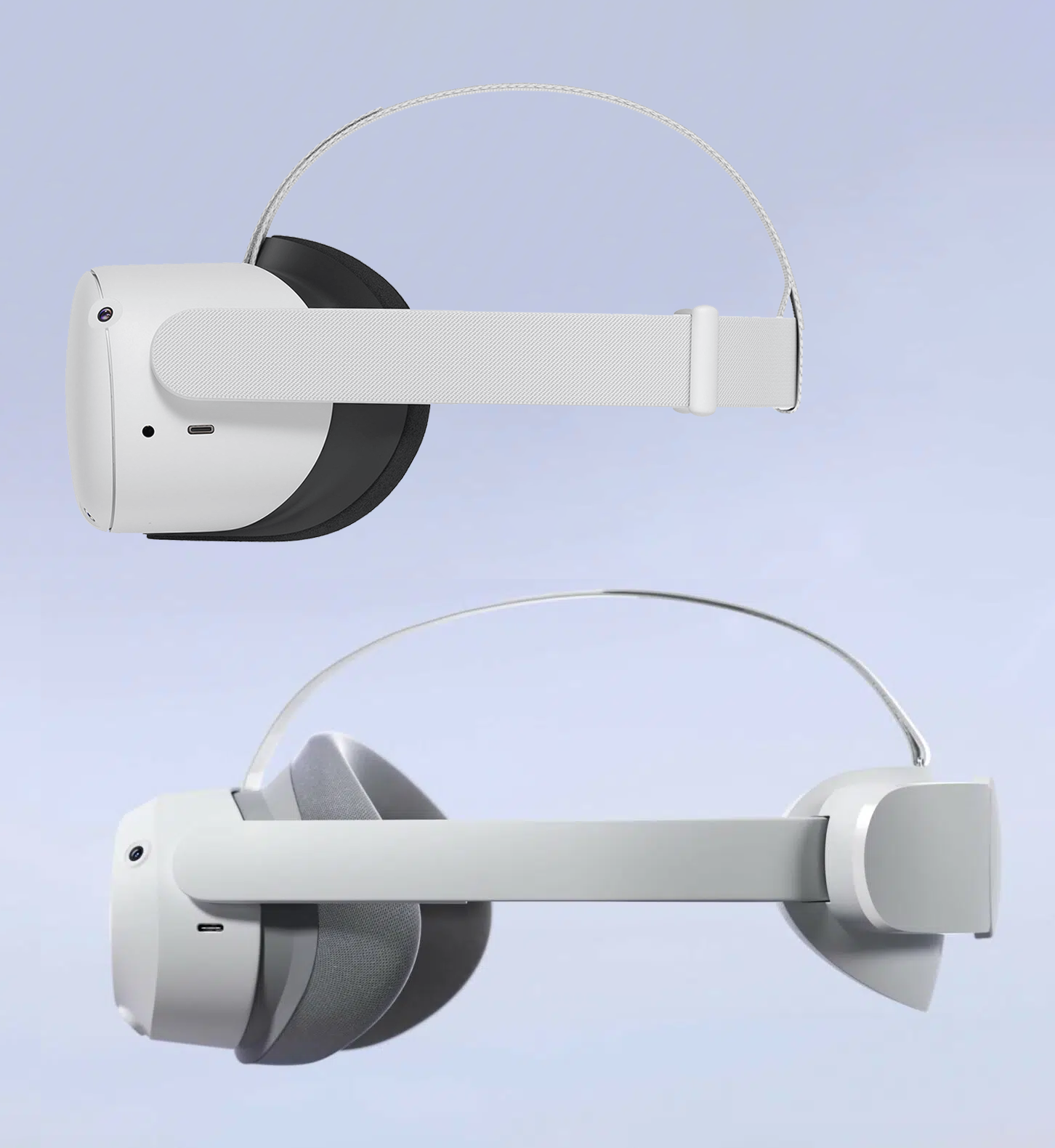
Whereas Meta’s Quest 2 with fresnel lenses and the battery in the front weighs 470 grams without straps, Pico 4 without straps is almost 40% lighter at 295 grams. We’re listing the weight of the visors rather than the complete headsets as that’s what you’ll actually feel against your face.
Resolution & Field Of View
Quest 2 uses a single 3664×1920 LCD panel. Headsets with a single panel can’t utilize all of the pixels because there’s an unused gap between the lenses. And since Quest 2 has lens separation adjustment, Meta had to leave even more unused space. That means the actual resolution provided to each eye is notably less than 1832×1920.
Pico 4 uses two LCD panels, one for each lens, with a resolution of 2160×2160 each.
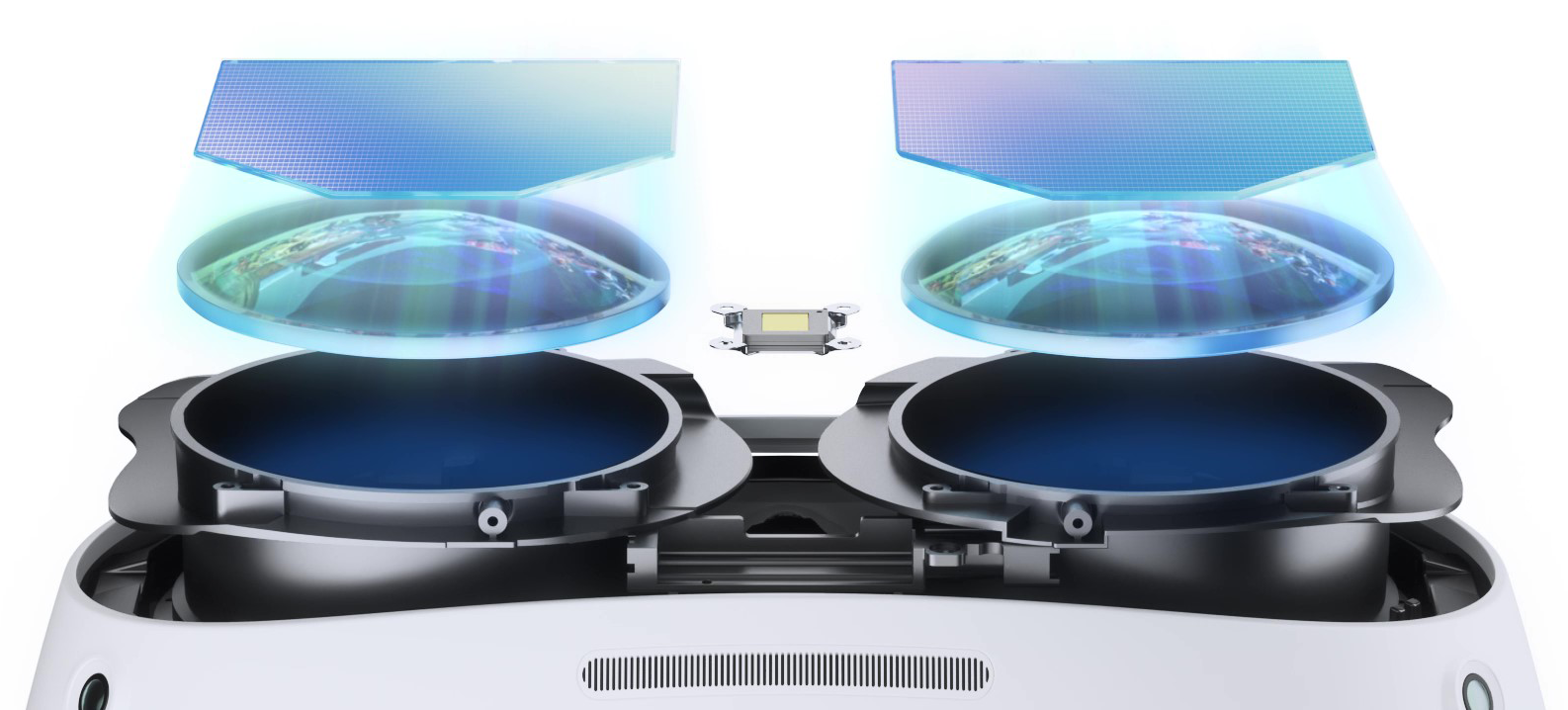
Pico says Pico 4’s field of view is 105°. Meta says Quest 2’s field of view depends on the lens separation setting but maxes out at 96°.
IPD Adjustment
Each person has a slightly different distance between their eyes – their interpupillary distance (IPD). If a headset’s lenses aren’t closely aligned with your eyes, the image can be blurry and it can even cause eye strain.
Quest 2 only offers three preset lens separation distances: 58mm, 63mm, and 68mm. You move the lenses between these three positions manually with your hand.
Pico 4’s lenses are stepless and motorized, supporting interpupillary distances (IPDs) of 62-72mm. You set your IPD in the interface inside VR, and the lenses move themselves to match.
Passthrough
Quest 2 uses its corner tracking cameras for passthrough, fed into a reconstruction algorithm. Its passthrough mode was originally only intended for room setup – these cameras have a low angular resolution and don’t output color.
Pico 4 has a dedicated 5K RGB camera in the center for color passthrough. In our hands-on we noted there’s still distortion on nearby objects, and it doesn’t look anywhere near as clear as real life. But it’s still a noticeable improvement over the grainy black & white of Quest 2.
Chipset & RAM
Pico 4 and Quest 2 are powered by the same Qualcomm Snapdragon XR2 chipset as other major current standalone headsets. XR2 is a variant of the Snapdragon 865 smartphone chip first shipped in early 2020.
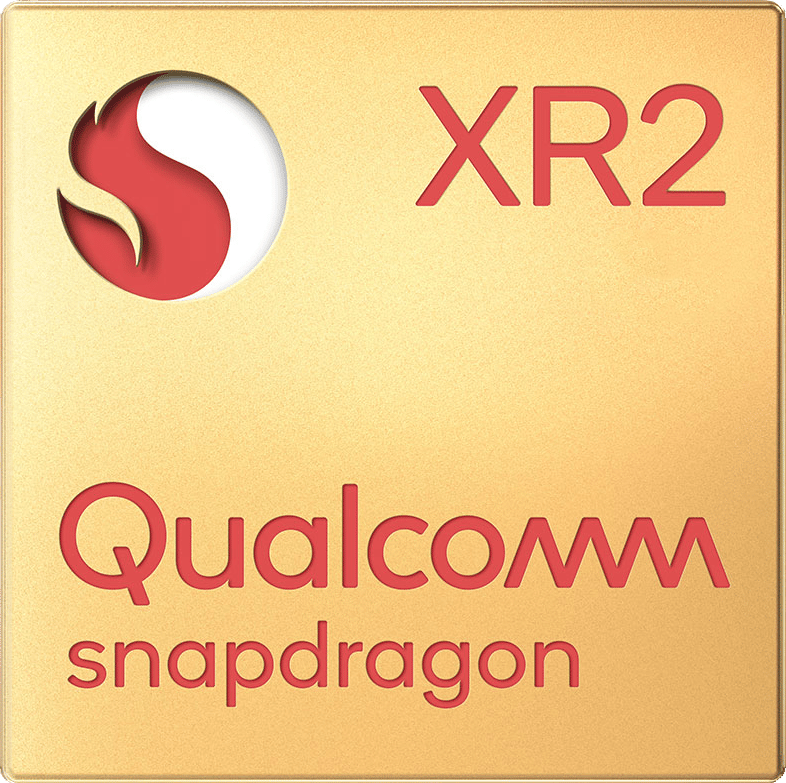
Quest 2 pairs this with 6GB of RAM while Pico 4 has 8GB.
Controllers
Both Pico 4 and Quest 2 use their four corner fisheye cameras to track infrared (IR) LEDs under plastic geometry on their controllers.
But whereas Quest 2’s controllers house these IR LEDs in a ring in front of your hand, Pico 4’s controllers have them in an arc over your hands. Pico points out this means your hands can get closer together without bashing the controllers together, for actions such as cocking a pistol or pouring water into a cup.
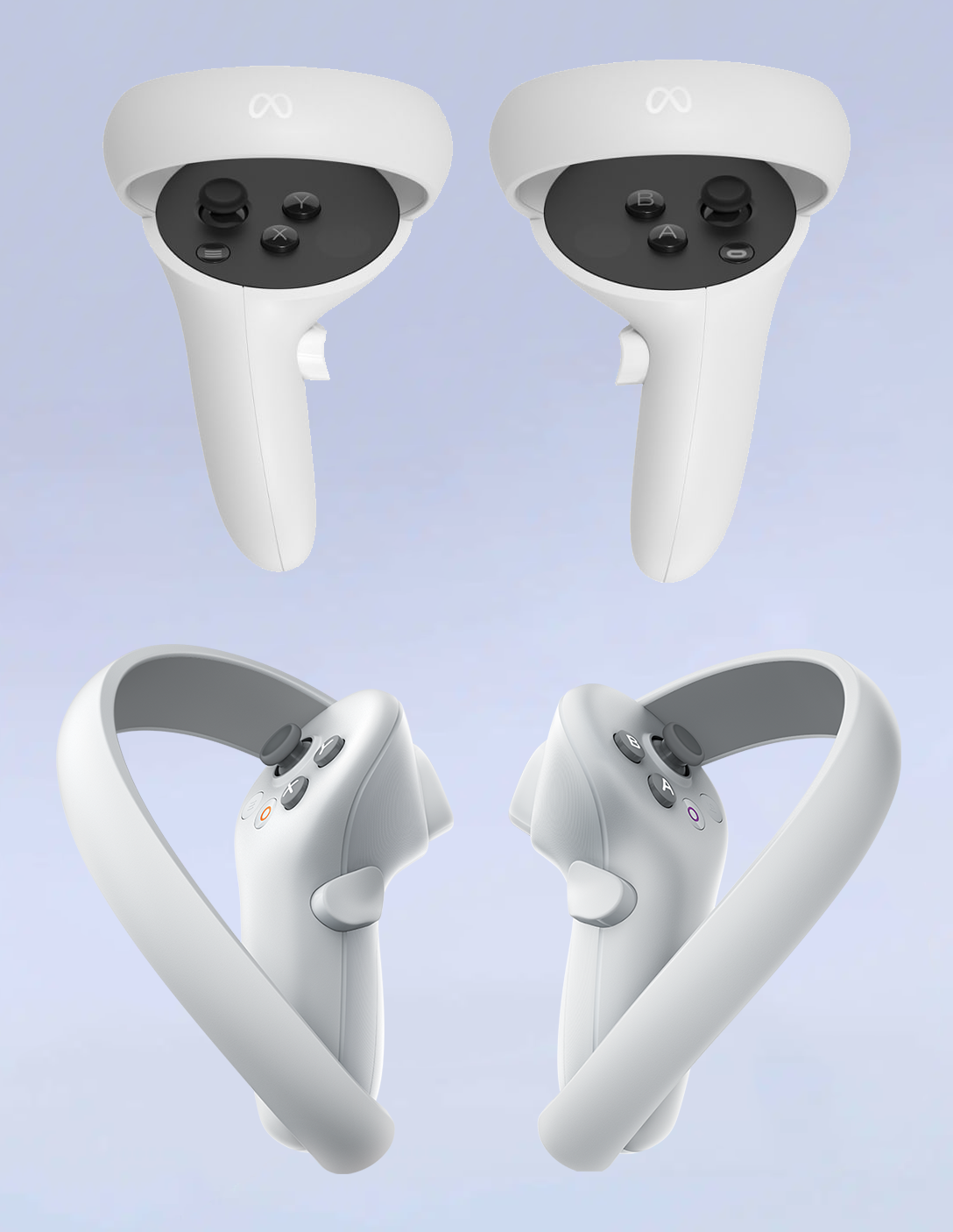
Pico also says its new controllers have a “HyperSense broadband motor” for more realistic haptic feedback. We’ll be testing this in our review.
Price & Availability
Pico 4’s base model with 128GB storage is priced at €429, and a model with 256GB of storage is €499. It ships to Austria, Belgium, Denmark, Finland, France, Germany, Italy, Japan, Korea, Netherlands, Norway, Spain, Sweden, Switzerland, and the UK. Pico says it plans to launch in Singapore and Malaysia later this year.
Quest 2’s base model with 128GB storage is priced at €449, and a model with 256GB of storage at €549. It ships to Australia, Austria, Belgium, Canada, Denmark, Finland, France, Iceland, Ireland, Italy, Japan, Netherlands, New Zealand, Norway, Poland, South Korea, Spain, Sweden, Switzerland, Taiwan, United Kingdom, and the United States.

